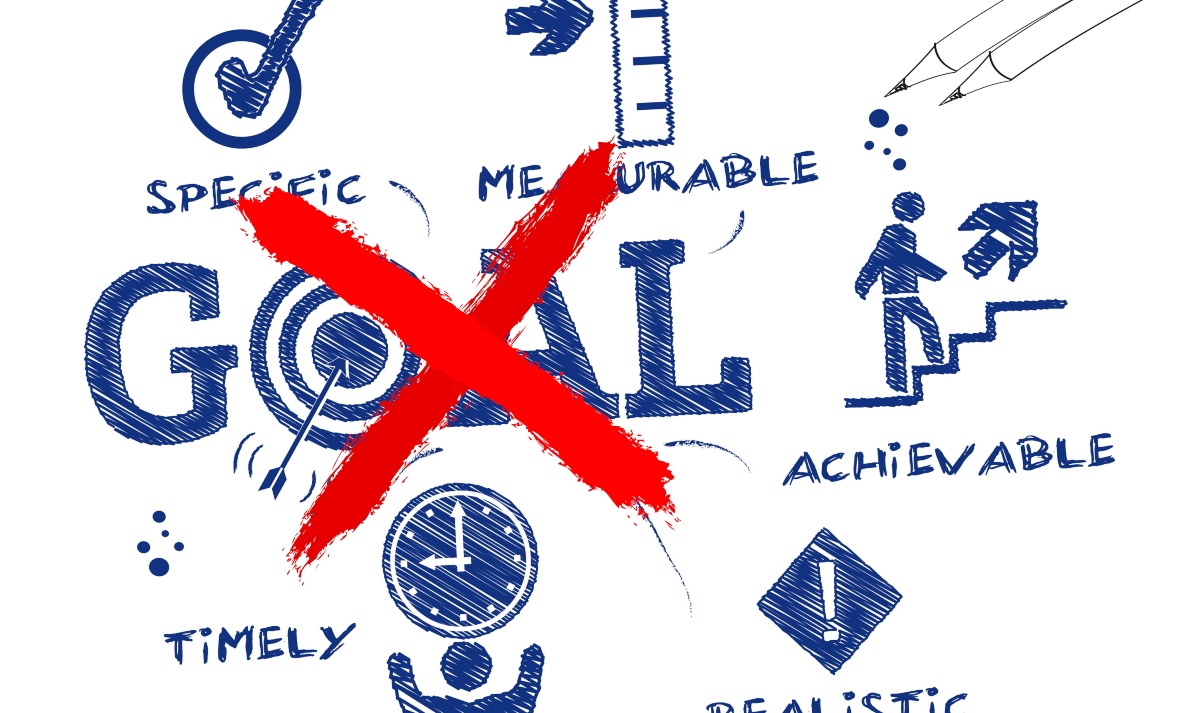It’s not what you sell, it’s how you sell

The #1 way to increase price and therefore profit is to sell on differentiation. Differentiation is accomplished by offering the customers valuable unique perspectives over and above the commodity. Using insight to reduce risks, reducing expenses, or increasing their sales if it’s a business customer; gives customers the perception that you are more valuable.
The way to change a perception is to tell them something they didn’t think of. Tell them why it’s so important to customize the solution for them. In order to do this, the salesperson must ask the right questions – the questions are not restricted to just cost savings but also better design, improving customer satisfaction, reducing risk, having a total better solution. The customer must feel a sense of gratification over and above receiving the commodity.
In order to do this, the salesperson must take control over the discussion on pricing and total scope of a solution more generally. It’s the salesperson’s responsibility to overcome indecision that causes sales to stall indefinitely. The salesperson’s power is in being the expert, the teacher, and the innovator that can reframe how the customer sees things. It’s important to do this with scope and process control, along with empathy and a friendly tone. The key components of negotiation include; acknowledge and defer scope and outcome, Google and compare, concede according to plan if needed.
So how do you, the salesperson, put this together? If a customer objects to the price, say “I understand that price needs to be reviewed but before we do I’d like to take a moment to make sure I understand exactly what you need in detail so we’re sure we are getting you everything you need to give you the truly best deal. Is that okay? Many times when you do this, there will be tension. Scope and outcome is simply going back through the needs analysis and the expected final result. The idea is to uncover additional needs uncovered during the conversation.
Google and compare means to evaluate additional needs by expanding the customer’s view of what’s really important. What else besides price matters? Maybe it is installation, shipping, timing, warranty, or service – get everything on the table. It may be as simple as getting the customer to restate what they want. By using trade-offs, price discount requests can either be eliminated or reduced. The idea is to build trust, and conceding on some points may be required. This negotiating strategy requires the customer qualification, needs analysis and discovery processes. The idea is to make the customer feel like they got the best deal.
According to research conducted by the Corporate Executive Board, coaching can increase performance of the individual by 19%. Great coaching doesn’t focus as much on the end result as it does on the behavior.
The Key Behavior Process
Step 1 – Discover objections that stall or lose you the sale.
Step 2 – Gather data about what is working and what’s not working.
Step 3 – Process map how to resolve customer pain points.
Step 4 – Create new methods to change the customer’s perception of our offer.
Step 5 – Agree with the customer on the final outcome.
Step 6 – Explore new sales solutions and special offers.
Would you be willing to spend extra time on coaching if it increased your sales by 19%? Even if it was half of that, the reward far exceeds the effort. Let us know your thoughts in the comment section below…don’t forget that there are other people reading this that can benefit from your point of view! If you have any questions regarding the sales process, feel free to contact us!



